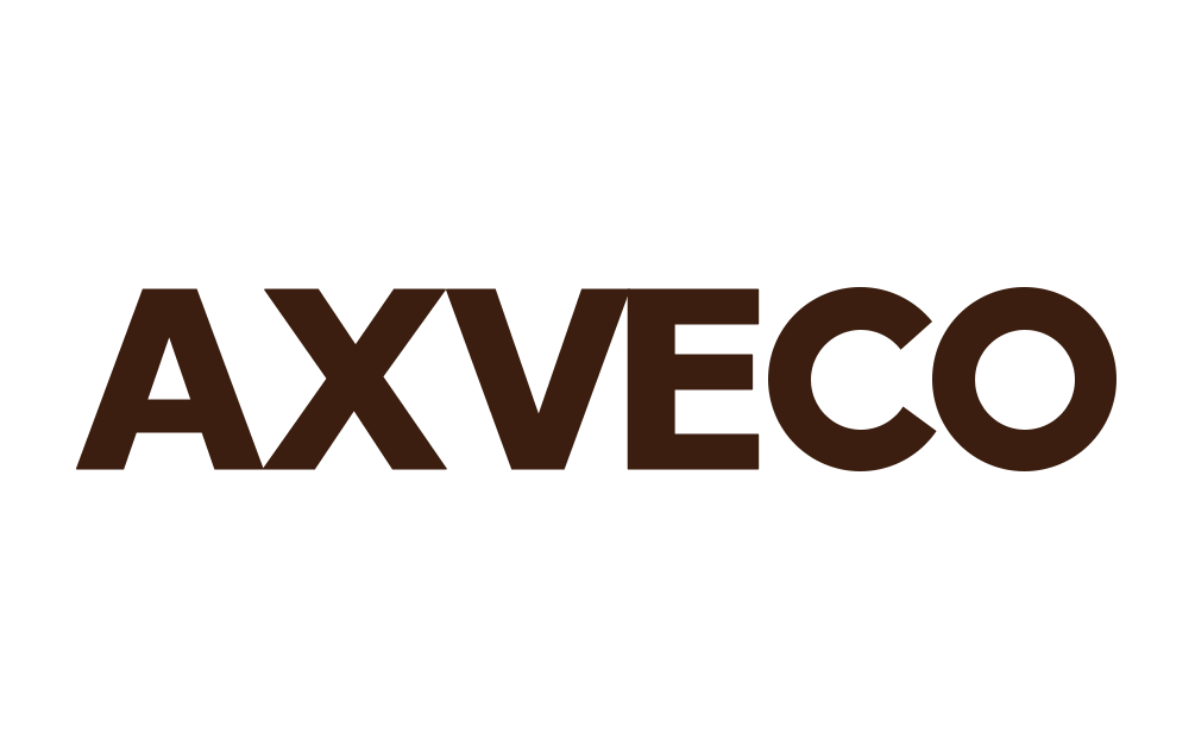Libra (Facebook-coin) – a first analysis
Ten years after its own launch, Facebook, in cooperation with 27 other parties has announced the launch of the Libra project. The project is run by the Libra Association, a Swiss, not-for-profit membership organization. They released various documents, including a clear whitepaper where the Libra blockchain and cryptocurrency is explained.
We believe this is a potentially very disruptive initiative as it aims to provide a global payment platform using a stable crypto-based currency. It has a consortium of major players with vast resources and an already present platform with outreach to 2bn consumers. Whilst there are many roadblocks to be overcome, the mere announcement of this proposition involving these parties represents a trigger for innovation in the financial services market impacting institutions, regulators, payment services providers and other ancillary industries.
We recommend that executive management take note of this and determine how this might impact their strategy as either a threat or a business opportunity. It will also serve as a catalyst for other major players to come forward with alternative solutions. In short it could be a game changer.
Here a first analysis of Libra based upon the available documentation, various articles and AXVECO specialist testing with the Libra Test Net.
- Libra’s mission is to enable a simple global currency and financial infrastructure that empowers billions of people. Initially aiming at the 1.7 billion unbanked, but open to third party use for peer to peer payments. Later they want to expand to business payments. They guarantee that one can always exchange it for local currency. In essence it proposes a global common currency as an alternative to existing fiat currency.
- It is backed by a reserve of assets designed to give it intrinsic value. They aim to create a so called stable coin, aiming to maintain the value of the Libra approximately at around $1. They do so by backing it against deposits (Euro, Dollar, Yen) and short-term, low volatile government bonds. This addresses the current issue of volatility of cryptocurrencies.
- It is built on a secure, scalable, and reliable blockchain. Using the lessons learned from other large scale blockchain projects, they chose to develop their own blockchain platform from the ground up. Technical focus is on security, scalability, efficiency in storage & throughput and future adaptability.
- It is governed by the independent Libra Association tasked with evolving the ecosystem. The association is established with two main tasks. First being taking a lead in social impact grant provision. Second being to provide the governance framework for both the network governance as well as the reserve governance of the underlying assets to stabilize the value of the Libra.The governance structure will undoubtably raise questions with global regulators who may seek to require that it is covered by existing legislation for financial institutions. Initial communications from government bodies and regulators indicates a desire to apply regulation.
- The Libra protocol allows a set of validators from different authorities to jointly maintain a database of programmable resources. Libra thus starts as a permissioned blockchain where validating nodes are run by the participants (in the association). It is open for new nodes if one becomes member of the association (entrance fee is $10 million, they aim to have 100 members in H1 2020 during launch) and eventually aims to become permissionless.
- Calibra, a regulated Facebook subsidiary, ensures separation between social and financial data and builds services on top of the Libra network. Wallet like software will be build by this Facebook subsidiary and likely to be embedded in WhatsApp creating an extremely easy entry for new users.
- Libra is open source. Anyone can contribute to the development of the network, although the governance (implementation of the developments) is in hands of the association. Besides this, Libra aims to let anyone develop applications in the forms of smart contracts on their infrastructure, using the new language MOVE. This is not open yet, but on the roadmap. This opens the possibility to conditional payments (IF this THEN that ELSE alternative action) which offers a service that goes beyond the basis utility of existing payment infrastructure.
- Libra will launch in the first half of 2020. No additional details were given. We observe during our first test on the testnet that this is still very basic and buggy, extremely limited in functionality and given the implementation timelines of other large worldwide blockchain initiatives, this could be (too) ambitious. As with any technical innovation project we look forward to see an updated roadmap establishing stable functionality over time. This is currently at a low level of maturity.
- Libra will be compliant with Consumer Financial Protection and Law Enforcement. Libra Association has collaboration with regulators and law makers and appears to indicate that this is high on their agenda. They want to adhere to e.g. financial and KYC regulation and, given the access to (personal) data, position the Association to play a key role here. The regulatory context for such an innovative and disruptive initiative will raise many questions which in turn will require alignment across regulators to address. This is likely to take time to crystalise. It may also have feedback effects upon the initiative and its governance.
- Libra has the potential to truly disrupt the financial industry and threatens monetary policy. This already immediately resulted in reactions from various governments (France, USA) and central banks (China, BIS), who are signaling (unlike with cryptocurrencies such as bitcoin and ether in the first year), that the Libra should be regulated. This indicates that they see libra as a real threat in the context of prudential and behavioral supervision.
- The name Libra comes from the word for a Roman unit of weight measure. And also tries to sketch a feeling of financial liberty. (Libre, Liberté) Symbol of the Libra is ≋.
First implementation focusses as stated on peer to peer payments offering services comparable with Paypal, Ideal, Tikkie, WeChat and Western Union, only against virtually no fee. Later more complex payments (conditional payments through smart contracts) are foreseen as well.
For further details contact Alex Dowdalls (adowdalls@axveco.com, +31653204932).




